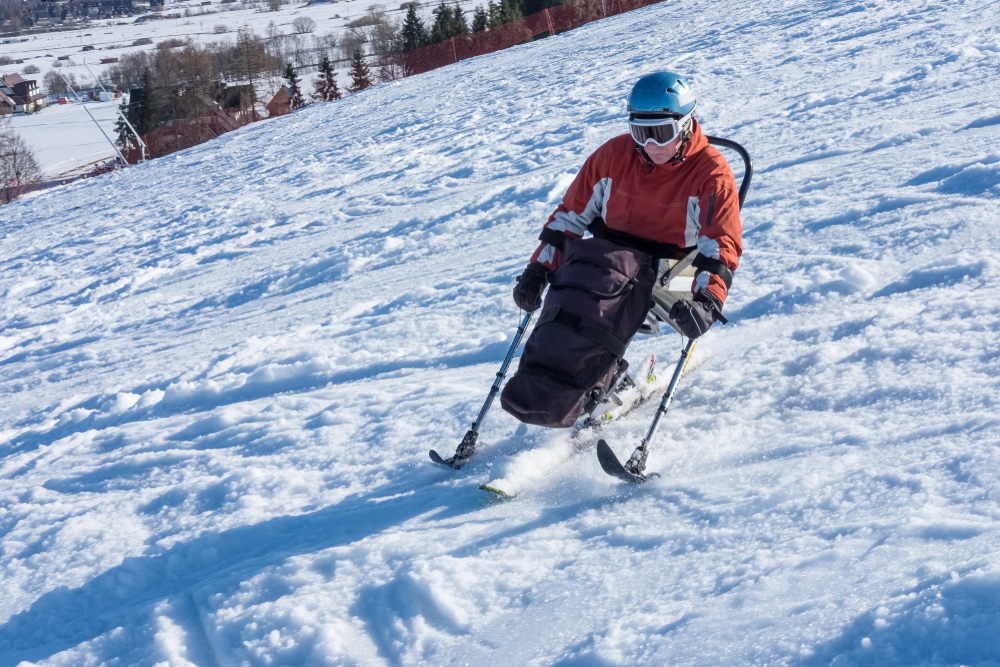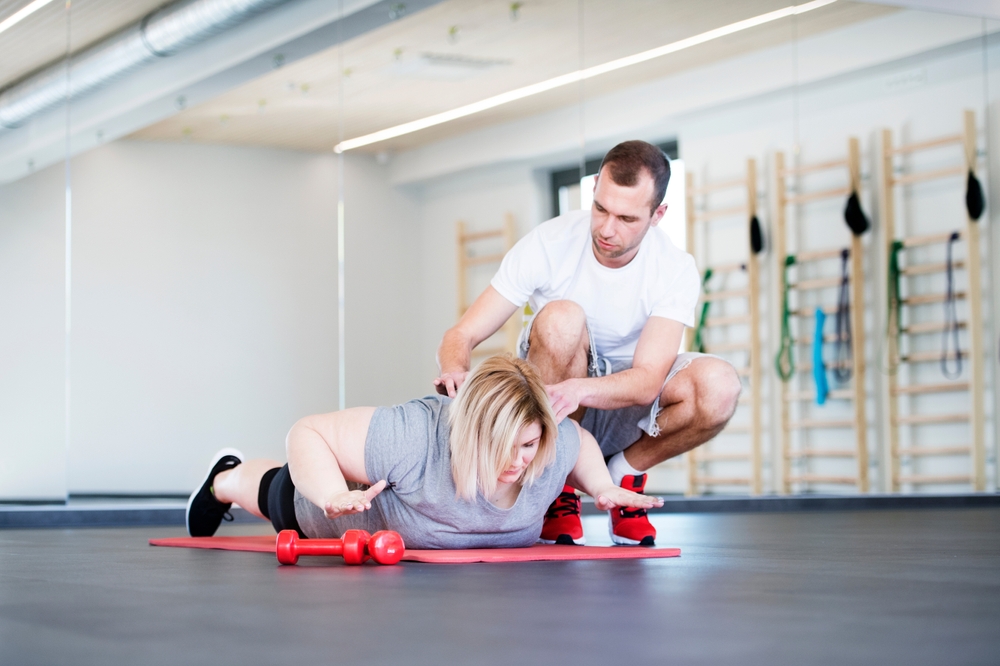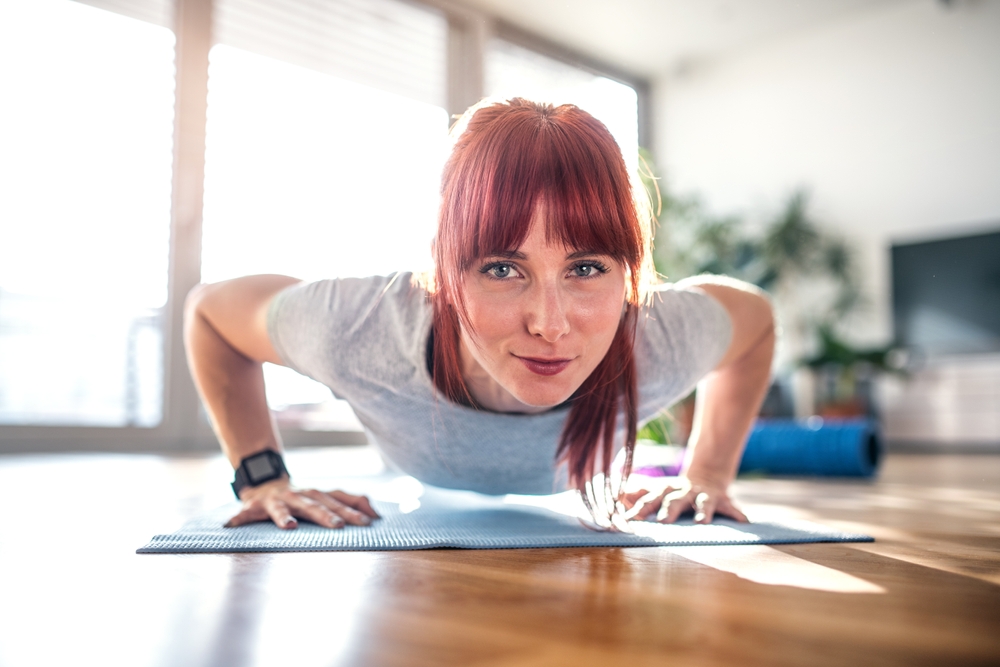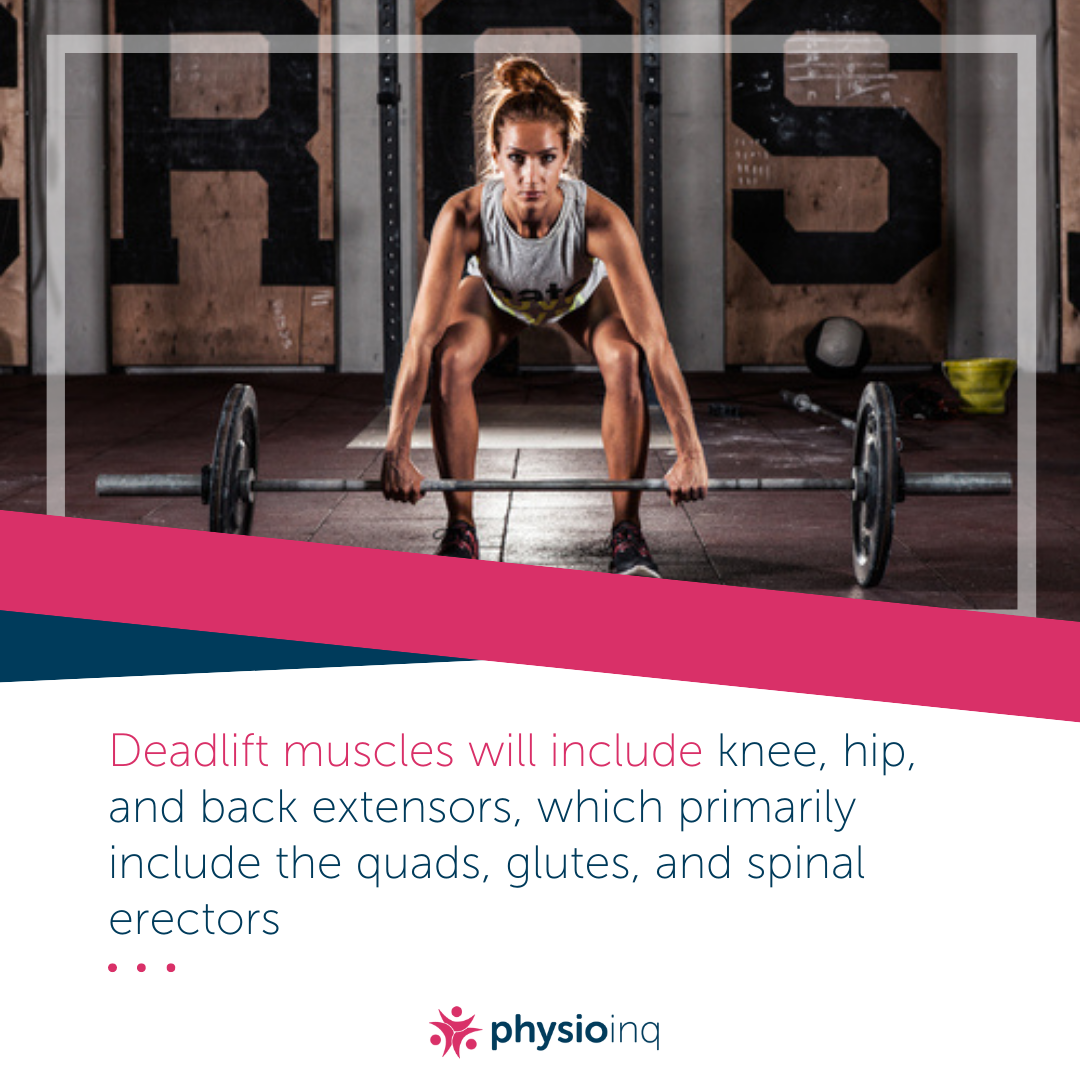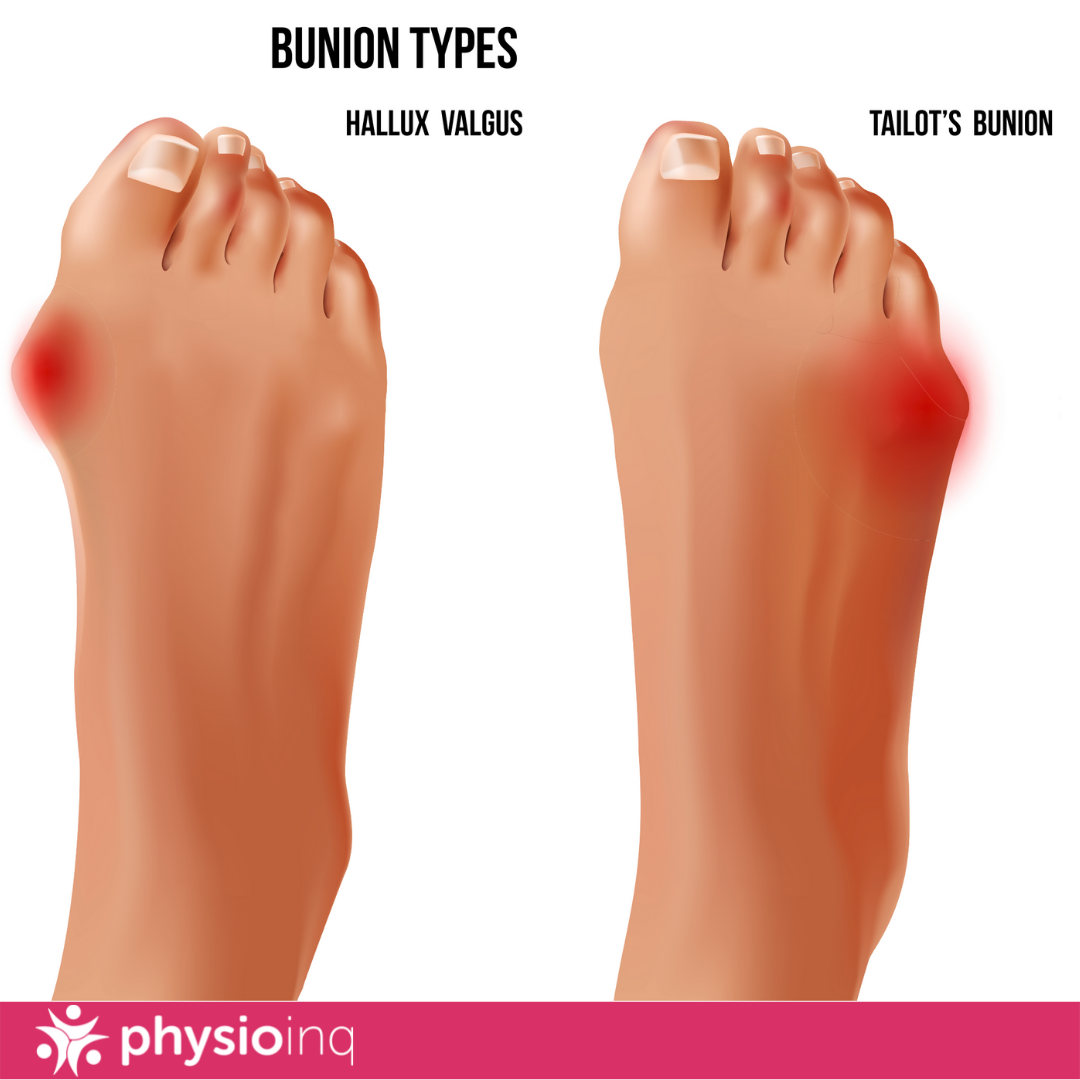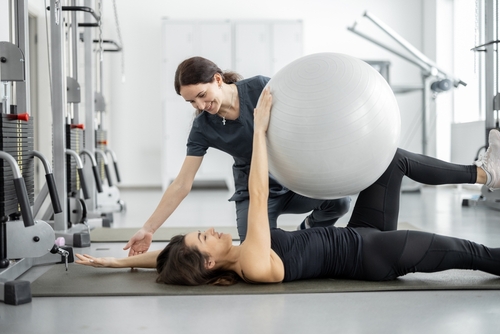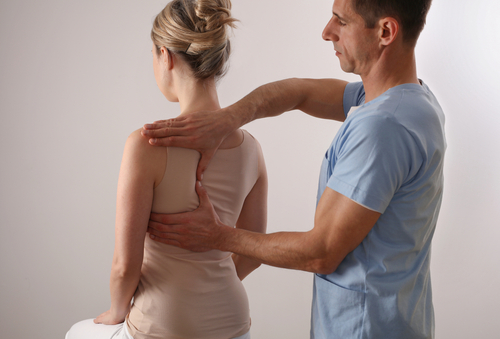Make an Appointment
'Stronger abs' or a better 'six-pack' is a very common desired outcome when people first start a new exercise regime. Having a more defined waistline, a flatter stomach and getting rid of the dreaded 'love handles' are sought after physical results when working the abdominal muscles.
But did you know that training your core is actually important to your overall health beyond the way you look?
Here, we’re going over how core strength improves your health and fitness as well as some comparisons between core training vs strength training.
Core Benefits for Health and Fitness
Most of your body’s movements start at the centre from your core and move outwards. So, aside from making you feel more comfortable in your swimmers at the beach, building a strong core can also provide you with important, long-term health benefits:
- Help prevent injuries – building a strong core can help stabilise your body, improve your overall fitness and make you less prone to injury.
- Decrease occurrences of back pain – with the sedentary lifestyles we often spend hours sitting with a tilted pelvis and an arched back – this weakens our core and leads to pain in the upper and lower back.
- Protects your central nervous system – building a strong core helps to protect your inner organs and nervous system.
As you can see, core strength and health and fitness go hand in hand.
Consequences of Weak Abs and Core
Your abs are the anchor of your spine. If they are weak, then other structures like your back muscles will have to work harder to support you.
Repeated misuse of your core muscles can also lead to poor posture, upper and lower back pain and ultimately affect your quality of life. Plus, by strengthening your core, you can prevent injuries and ensure that your movements are pain-free.
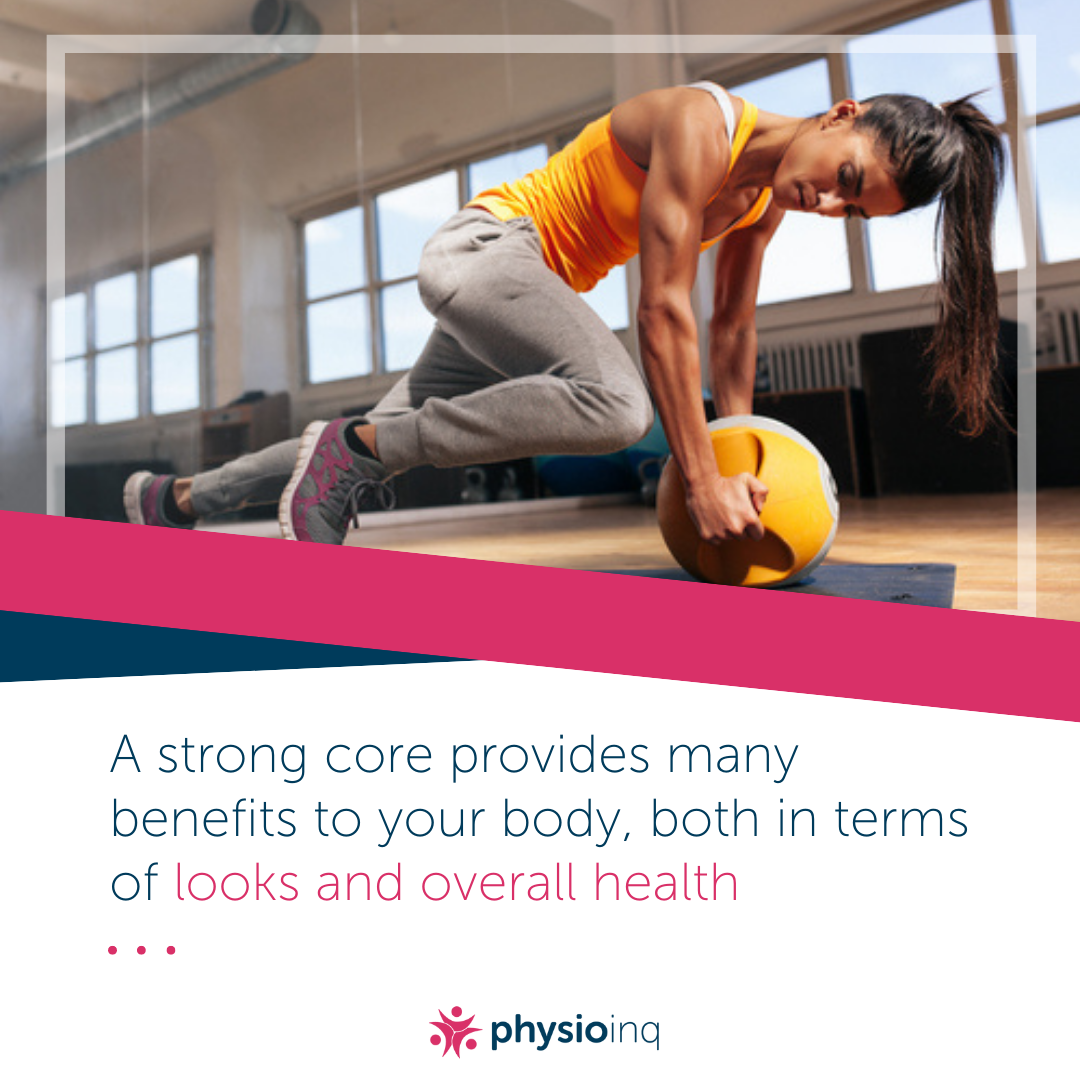
How do strong abs protect your back?
The abdominals provide significant protection against wear on the lumbar disks and back muscles.
By preventing excessive rotation of the spine and promoting better posture, you control the curve of your spine and limit instances of pain in the upper and lower back by strengthening your core.
What’s the best prevention against developing back pain?
Back pain is a complex issue and there is no single reason that explains why it occurs. But there are a number of simple things you can do to prevent back pain. It’s all about reducing pressure, relieving strain and of course, strengthening your supporting muscles.
A regular exercise regime that incorporates abdominal and back strengthening exercises will help you develop a stronger and more flexible back. A discipline such as Pilates helps to teach you the correct core–control techniques that result in improved general function and reduced back pain.
Additionally, if you maintain good eating habits, you not only will maintain a healthy weight, but you also will not put unnecessary stress on your body. Make sure your diet is full of fresh fruit and veggies, lean meat and dairy with a focus on calcium and vitamin D will help keep your bones and spine strong.
Being mindful of your posture and alignment will also help keep your core engaged and prevent slouching and slumping, which is a common cause of damage to the spine and pain in the upper and lower back.
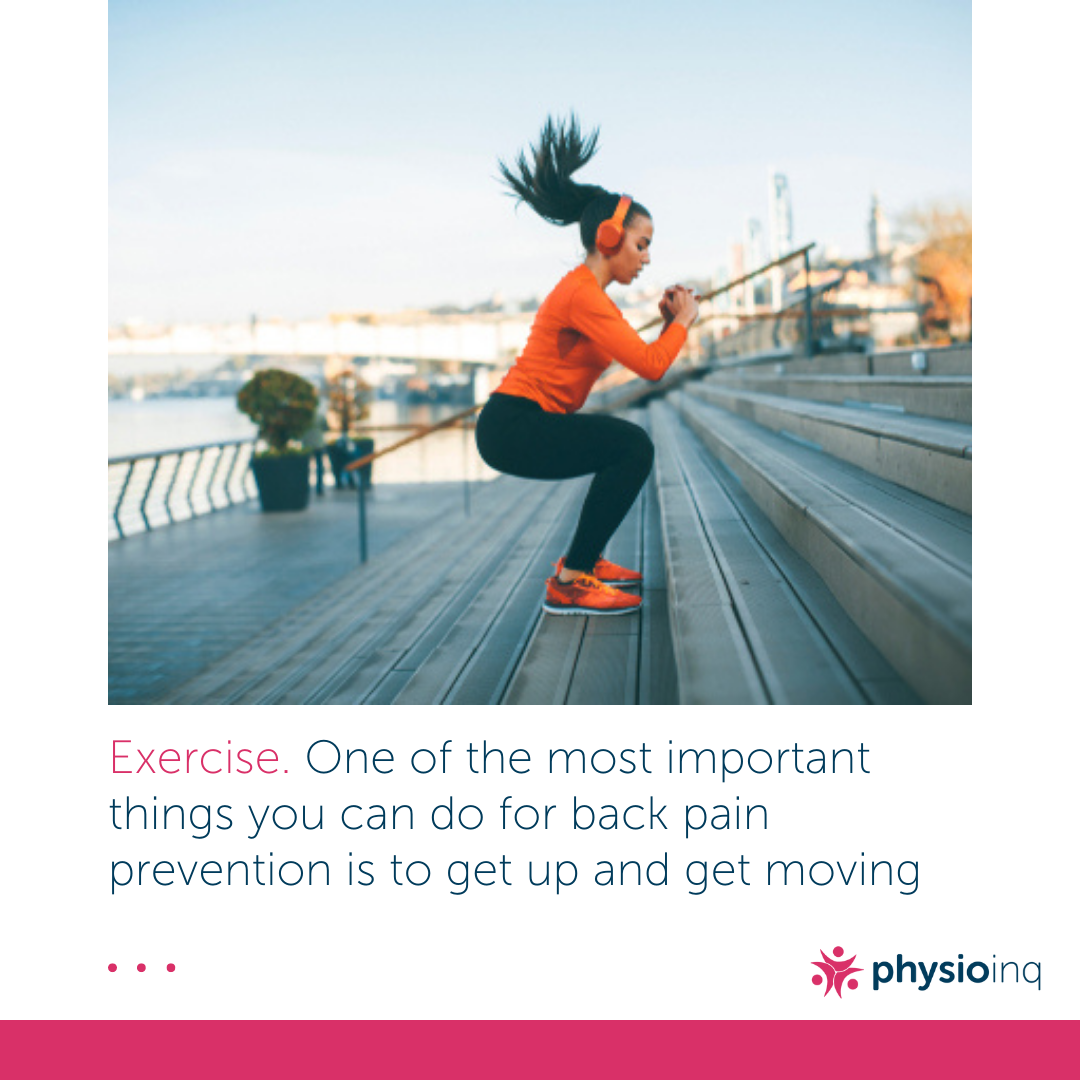
Core Training vs Strength Training
Now, let’s go over more of the specifics on core training vs strength training. In other words, if you want to strengthen your core, which types of exercises and workouts should you do?
Well, in general, common core exercises target the muscles of your abdominals, obliques and the deep muscles of your mid-section. These might include:
- Planks
- Crunches and sit-ups
- V-sits
- Russian twists
Keep in mind, however, that core training is slightly different from learning core activation exercises. Especially if you’ve never done core training, it’ll be important to learn how to actually activate the muscles of your core so that your workouts are effective.
For example, activating your core is more than just sucking in your belly. This is where working with a physiotherapist can help.
Beyond, core training, strength training itself is generally a different thing altogether. Strength training refers to any type of training that aims to strengthen the muscles of the entire body.
While there are different approaches such as full-body workouts (using all the muscles of the body in a single workout) and muscle-split training (where you work one area of the body at a time), strength training can actually double as core training in many instances.
Again, as we mentioned earlier, every movement you do comes from your core in some way. So, no matter what type of strength training you do, your core should be active and working. In general terms, full-body exercises can work wonders for training your core include:
- Burpees
- Push-ups
- Squats
- Deadlifts
- Rows
The important idea here is that you first need to learn how to activate your core properly before you’ll see results with any type of core training whether it’s through core strengthening exercises or more traditional full-body strength exercises.
Pilates for Core Stability vs Core Strength
Get the stomach muscles of your youth and eliminate the unnecessary aches and pains that are direct results of having weak stomach muscles.
Did you know Pilates is a great alternative and medically backed method that improves the pain or functionality of people with lower back pain?
Pilates is particularly useful because it not only focuses on core strength but works on your overall core stability as well. This powerful exercise modality might seem simple, but the slow, controlled movements done in Pilates stabilises your core like nothing else.
Working on posture, lower back pain and improving the overall core strength are the foundations of our Pilates classes. If you are still hesitant to try a Pilates class, make sure you consult with one of our expert physiotherapists today.
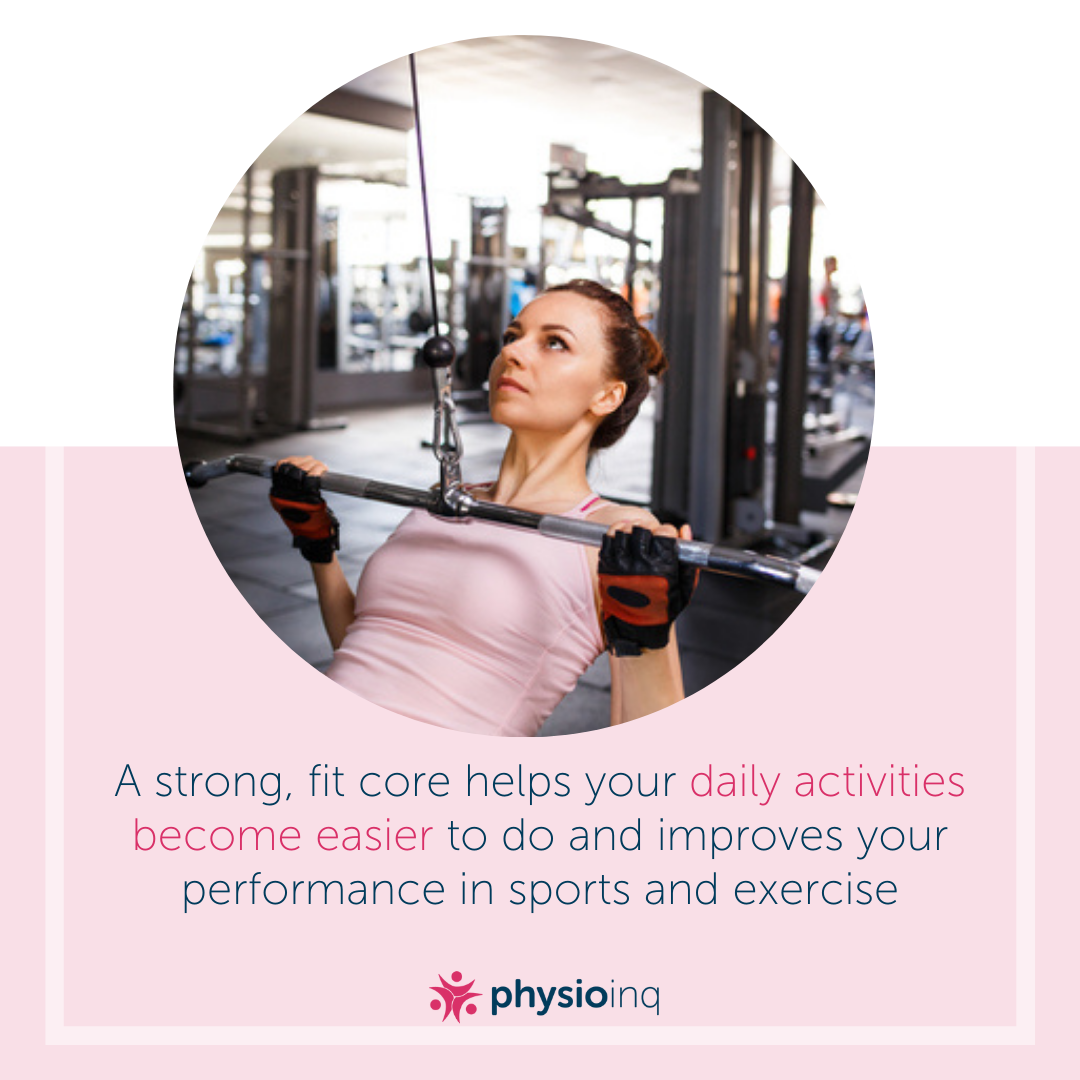
Did you know some of our Physio Inq clinics across Australia offer Pilates instruction or, at the very least, can point you in the right direction.
Find your local Physio Inq clinic here - https://www.physioinq.com.au/physio-near-me
Date Published: Thursday, April 28, 2022
Locate a Mobile Exercise Physiology
Service Near me
Get the experience & convinence you deserve to support your or a loved one's allied health needs.
Our Mobile Exercise Physiology team are currently serving & taking appointments in the following states and regions in Australia:
Need to get into direct contact with ur Client Services team? We're all ears. Call our team directly on 1300 731 733

